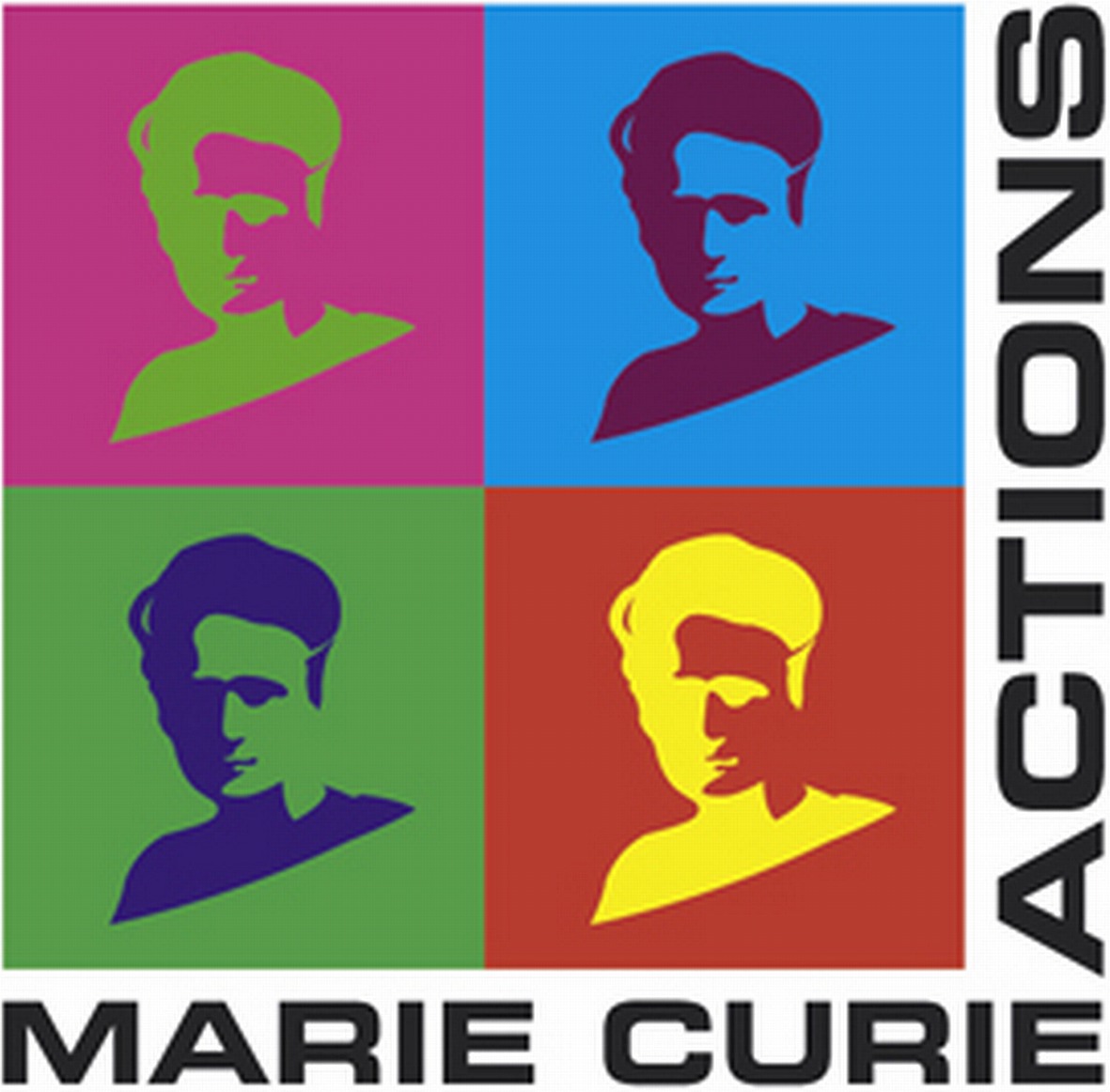Universidade de Aveiro
Universidade de Aveiro
Project title: Ln3+-containing hybrid materials for luminescent solar concentrators and molecular thermometers
Researcher : Sangeetha Balabhadra
Supervisor:Prof. Dr. Luis Carlos
Project description
Objectives:
Design, synthesis and structural characterization of hybrid materials formed by i) Ln3+ ß-diketonates (or aromatic carboxylic acids) complexes and/or ii) functionalized Ln3+-based NPs (e.g. GdPO4:Ln3+, Ln=Yb/Er, Yb/Tm or Yb/Tb) embedded into sol-gel derived hybrid matrices. The hybrids will be further deeply characterized by luminescence spectroscopy (steady-state and time-resolved modes) in the visible (Vis) and near-infrared (NIR) spectral regions. Those exhibiting the best emission properties (brightness and emission quantum yield) will be tested as luminescent solar concentrators (LSCs) and nanothermometers.
Tasks and methodology:
Synthesis: Complexes will be prepared by mixing precursor lanthanide salts and organic ligands. NPs will be prepared with controlled shape and dimension by wet-chemical, hydrothermal, Stober or microwave methods. Its surface will be functionalised with i) solubilising groups (to improve compatibility with aqueous media), ii) amines or silica layer for covalent bond formation with the hybrid host, that is prepared by the sol-gel method (acid or basis catalysis). Structural characterization: X-ray diffraction, scanning and transmission electron microscopy, dynamic light scattering, Small angle X-Ray scattering, 29Si and 13C nuclear magnetic resonance, Raman and Fourier transform IR spectroscopic studies will be the main techniques to characterize the NPs and the corresponding hybrids. Absorption and photoluminescence studies: The optical features of the complexes, NPs and hybrid materials will be characterized by absorption spectroscopy, photoluminescence (in the Vis and NIR spectral regions and between 10 and 400 K) in steady-state and time-resolved modes (10-9-10 s), absolute emission quantum yields, colour coordinates, and radiance/luminance measurements.
Applications: LSCs are formed by a Ln3+-doped film deposited (by spin-coating) on a transparent substrate and capable of efficiently converting the UV and NIR components of solar radiation (where the inorganic photovoltaic cells have low conversion efficiency) into the visible. LSCs can be used as an optical precursor device for photovoltaic cells. Films of Ln3+-doped hybrids with higher absorption coefficients and emission quantum yields will be tested as LSCs. Optical conversion efficiencies up to 5-10% can be anticipated. Commercial Si photovoltaic cell will be coupled to the edges of the thin films in different configuration to promote an enhancement of the cell efficiency under UV (or NIR) excitation. Nanothermometers: Ratiometric nanothermometers with spatial resolution lower than 1 micron will be prepared in the form of thin films or NPs using distinct lanthanide pairs (Eu3+/Tb3+, Yb3+/Tb3+ or Yb3+/Er3+). Applications in microelectronics and integrated optics (for the films) and in biomedicine (for the NPs as intracellular thermometers) will be attempted.
LUMINET meetings :
LUMINET Seminar, 19 July 2014, Wrocław, Poland
LUMINET Autumn Meeting, September 2014, Ausburg, Germany
LUMINET Spring Meeting, 3-6 March 2015, Verona, Italy
LUMINET Autumn Meeting, 25 September 2015, Tartu, Estonia
LUMINET Spring Meeting, 21-22 March, Aveiro, Portugal
Researcher : Sangeetha Balabhadra
Supervisor:Prof. Dr. Luis Carlos
Project description
Objectives:
Design, synthesis and structural characterization of hybrid materials formed by i) Ln3+ ß-diketonates (or aromatic carboxylic acids) complexes and/or ii) functionalized Ln3+-based NPs (e.g. GdPO4:Ln3+, Ln=Yb/Er, Yb/Tm or Yb/Tb) embedded into sol-gel derived hybrid matrices. The hybrids will be further deeply characterized by luminescence spectroscopy (steady-state and time-resolved modes) in the visible (Vis) and near-infrared (NIR) spectral regions. Those exhibiting the best emission properties (brightness and emission quantum yield) will be tested as luminescent solar concentrators (LSCs) and nanothermometers.
Tasks and methodology:
Synthesis: Complexes will be prepared by mixing precursor lanthanide salts and organic ligands. NPs will be prepared with controlled shape and dimension by wet-chemical, hydrothermal, Stober or microwave methods. Its surface will be functionalised with i) solubilising groups (to improve compatibility with aqueous media), ii) amines or silica layer for covalent bond formation with the hybrid host, that is prepared by the sol-gel method (acid or basis catalysis). Structural characterization: X-ray diffraction, scanning and transmission electron microscopy, dynamic light scattering, Small angle X-Ray scattering, 29Si and 13C nuclear magnetic resonance, Raman and Fourier transform IR spectroscopic studies will be the main techniques to characterize the NPs and the corresponding hybrids. Absorption and photoluminescence studies: The optical features of the complexes, NPs and hybrid materials will be characterized by absorption spectroscopy, photoluminescence (in the Vis and NIR spectral regions and between 10 and 400 K) in steady-state and time-resolved modes (10-9-10 s), absolute emission quantum yields, colour coordinates, and radiance/luminance measurements.
Applications: LSCs are formed by a Ln3+-doped film deposited (by spin-coating) on a transparent substrate and capable of efficiently converting the UV and NIR components of solar radiation (where the inorganic photovoltaic cells have low conversion efficiency) into the visible. LSCs can be used as an optical precursor device for photovoltaic cells. Films of Ln3+-doped hybrids with higher absorption coefficients and emission quantum yields will be tested as LSCs. Optical conversion efficiencies up to 5-10% can be anticipated. Commercial Si photovoltaic cell will be coupled to the edges of the thin films in different configuration to promote an enhancement of the cell efficiency under UV (or NIR) excitation. Nanothermometers: Ratiometric nanothermometers with spatial resolution lower than 1 micron will be prepared in the form of thin films or NPs using distinct lanthanide pairs (Eu3+/Tb3+, Yb3+/Tb3+ or Yb3+/Er3+). Applications in microelectronics and integrated optics (for the films) and in biomedicine (for the NPs as intracellular thermometers) will be attempted.
LUMINET meetings :
LUMINET Seminar, 19 July 2014, Wrocław, Poland
LUMINET Autumn Meeting, September 2014, Ausburg, Germany
LUMINET Spring Meeting, 3-6 March 2015, Verona, Italy
LUMINET Autumn Meeting, 25 September 2015, Tartu, Estonia
LUMINET Spring Meeting, 21-22 March, Aveiro, Portugal



